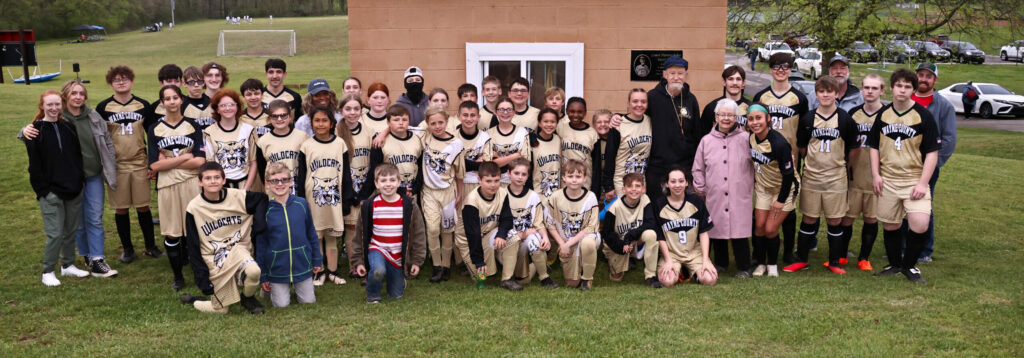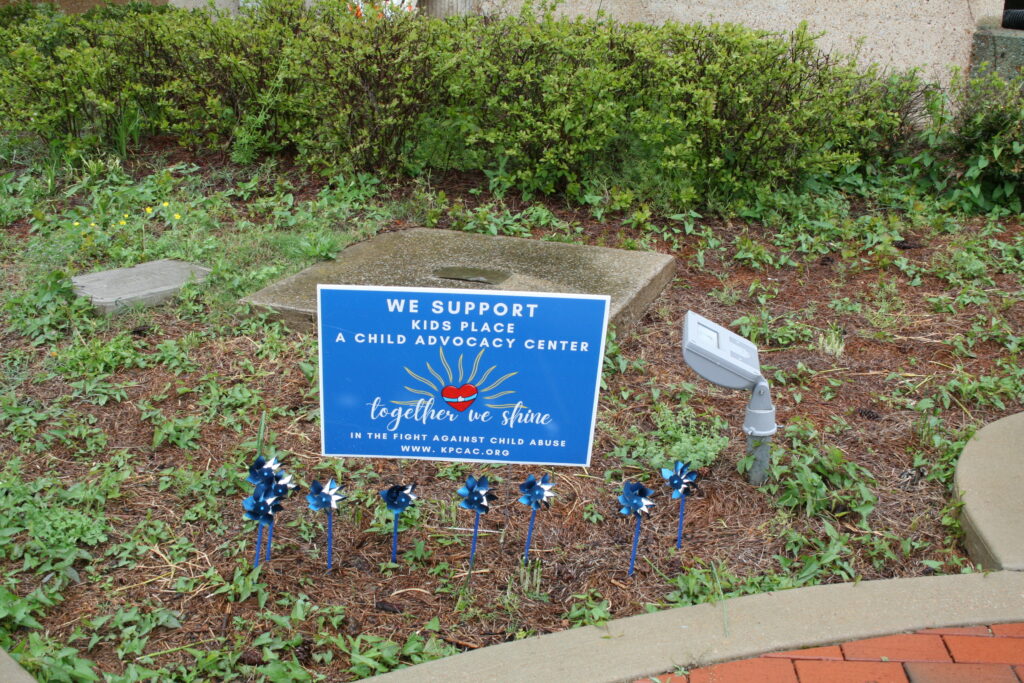As parents, we have all heard or even said the famous saying, “Do as I say, not as I do.” In reality, we know that modeling the behaviors we want is the key to getting those behaviors to show up in our kids. Turns out, words are important, too.
Leading by example through word and deed can be one of the tougher struggles of parenthood, especially when it comes to healthy lifestyle habits, like moving more after a tiring day.
When it comes to being physically active with your child, whenever possible:
1. Actively participate! Try to join in to whatever activity your children are doing such as hopping, crab-walking, stomping, slithering and leaping through the living room, even if just for a short time. Every minute being active counts. For older kids, that may mean playing catch, shooting hoops, walking or jogging along with them as they train for a sport.
2. Cultivate a positive attitude about being active. Take time for yourself to move and make it fun! Remember that little ones learn through their senses. What they see and hear from their adult caregivers about physical activity, along with what they experience first-hand, becomes what they know and live. This gives us a real responsibility and opportunity. Older kids may be more likely to take on the attitude of their peers toward physical activity, but your influence is still important.
3. For young children, use words to describe what the parts of our bodies are doing in order to move: how we’re moving, where we’re moving, and with whom. Our descriptive language helps children to make connections between their body and brain. Kids also learn new words by interacting with us. Child development experts say children need repeated exposures to words in various contexts. Narrate the action, much like a sportscaster would describe the play-by-play of a sports event. It may feel silly at first, but try it! Here’s an example, if your child is pretending to ice skate in the living room: “Both of your feet are gliding across the floor so quickly!” (Part of body= feet, what part of body is doing=gliding, how body is moving=quickly, where body is moving=across the floor). We can include infants, toddlers, and young children as we do household chores and yardwork, as well as structured exercise efforts, in a similar way.
4. For young children, use the magic of music and movement. Songs are a great way to help young children gain body awareness. For example, to help your child learn about how their body parts are “connected,” the songs and movements of “Head, Shoulders, Knees and Toes” and “Dem Bones” (aka “Your head bone’s connected to your neck bone…) are an easy choice. Music and movement are something magical for young children!
5. Involve the entire family in active games and household chores. Let your child(ren) see you moving and having fun. It will help them grow in every way!







